Many different types of cars have 4-wheel drive as an option. But how do you tell if it is working?
If the 4-wheel drive is engaged, the driver will feel the left and right wheels bind up while driving. The bucking or lurching motion of the car is normal and indicates the front end is under power. The vehicle will become a little bit stiffer when turning. If there are serious concerns, take the vehicle to a mechanic.
Driving a 4X4 car can make you feel safer, especially in bad weather or off-road conditions. However, if you don’t know if it’s working, all the security goes out the window. So, here’s how to tell.
4-wheel drive ensures that all wheels of the vehicle rotate at the same speed and receive the same amount of torque.
It is mainly used in situations where the wheels of a vehicle do not have a lot of traction and need an extra boost in order to get the car moving, such as in snowy areas, or in really sandy areas. Many people also use 4-wheel drive when they go off-roading, and many people purchase vehicles such as trucks and SUVs because they have 4-wheel drive.
If you want to test your 4-wheel drive, then put your car into 4-wheel drive and then turn the front wheels, left and right, while driving in a tight circle at a very low speed. You should feel them bind up if 4wd is working.
One of the easiest ways to see if it is working is to find a steep gravel road or driveway. Then, drive up it in 2-wheel drive, and then stop. Try to go. You’ll probably find that you are stuck. So, swith it into 4wd. You should pull out with out spinning if it engages.
The bucking or lurching motion of the vehicle is normal and indicates that the front-end wheels of the car are under power, so be prepared and do not panic if this happens.
If you are still struggling to know if your 4WD is engaging or you can’t find a gravel incline near you, you can drive in tight circles.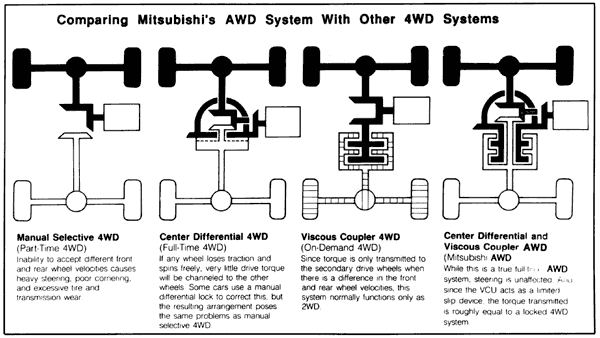 This is the simplest method. This should tell you if 4wd is engaged, however, there could still be problems with it working perfectly.
This is the simplest method. This should tell you if 4wd is engaged, however, there could still be problems with it working perfectly.
What you do is: drive in tight circles in an open space in 2WD. Then do the same thing in 4WD. If you have your four-wheel drive engaged, you will feel a difference. It will feel harder to turn and almost like your tires are sticking to the ground (as long as the road conditions are dry.)
For a more specific look, you can put your truck on lifts or jacks and see if the front tires spin when you turn the wheel by hand. 4WD is not working if the tire spins and the front axel does not.
Obviosly, this method is more intensive and time consuming with the others.
If you have plans to go off-roading or are going to be driving through harsh conditions and you are unsure if your 4WD is working, take your car in to a mechanic to be extra cautious. You don’t want to get stranded because your truck or SUV isn’t working as it should be.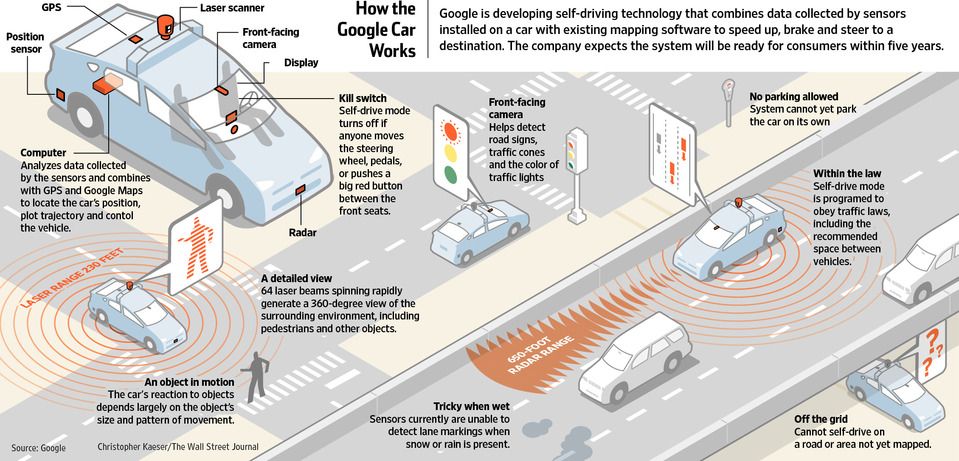
One thing about the 4-wheel drive that is very important to know is that you should never use it while driving on perfectly dry roads.
The purpose of a four-wheel drive is to get a good grip on gravel, sand, snow, or water. It’s made to function in these conditions, needing some slippage to work, and driving on dry pavement will cause damage to the drivetrain.
The 4-wheel drive also uses more gas or fuel than 2-wheel drive, so make sure that you turn it off when you do not need to use it.
4WD is a type of drivetrain system that, transfers the engine’s power to all four wheels, rather than just two. You see 4WD primarily on trucks and SUVs. Smaller cars typically have All Wheel Drive rather than 4-wheel drive, although the two systems are very similar.
If you are worried that your 4-wheel drive is not working or is not working as well as it has in the past, take it to an experienced mechanic that you trust and have them take a look at it. The issue could be due to anything from a faulty shift mechanism on the front axle to an electrical fault in the control system. However, the problem could also be caused by a damaged transfer case.
“The transfer case is one of the most important components that distinguish all-wheel drive (AWD) and four-wheel drive (4WD) vehicles. Driving all four wheels provides superior traction, resulting in improved performance in challenging terrain. This is made possible by the transfer case, which allows power to be transferred to both the front and rear wheels. ” source
” source
When you have a faulty transfer case, you will find that you are having difficulties, or are unable to, switching your car from 2-wheel drive to 4-wheel drive.
Problems with 4WD do happen and it can sometimes get stuck in four wheel drive, so get it checked out by a professional to prevent more serious issues from happening as a result.
Many vehicles with the ability to use 4-wheel drive have a “service four-wheel drive” message that lights up on the dashboard, or something that is very similar, that pops up on the dash when there is a problem with the system.
Other vehicles will simply keep the 4WD light illuminated continuously to indicate a problem, even when you are sure that you have turned off the 4-wheel drive. If you notice that this is happening, take your car to a mechanic that you trust and have them check and make sure that everything is working correctly.
With most vehicles and in most driving conditions that you drive in regularly, having just two wheels to move your car is all you need.
Dry, paved roads do not need you to use a 4-wheel drive or all-wheel drive because your tires are easily able to get the traction that is needed to move and stop your vehicle safely. But when your driving surface is covered in snow or consists of loose sand or gravel, it helps to have all of the wheels working together to give your car some extra traction and move it over the terrain safely.
So, if you are getting into places that are harder to move safely or are driving through the wet or loose ground, it’s a good idea to switch into 4 wheel drive. You will get more control.
4-wheel drive and All-wheel drive are very different, although they do work in similar ways.
Unlike two-wheel-drive vehicles driven from the front or rear wheels, in an all or four-wheel-drive vehicle, power is directed to all four wheels. Many people choose cars with all-wheel-drive traction for safety reasons, while adventure seekers tend to opt for 4-wheel drive vehicles so they can head off-road.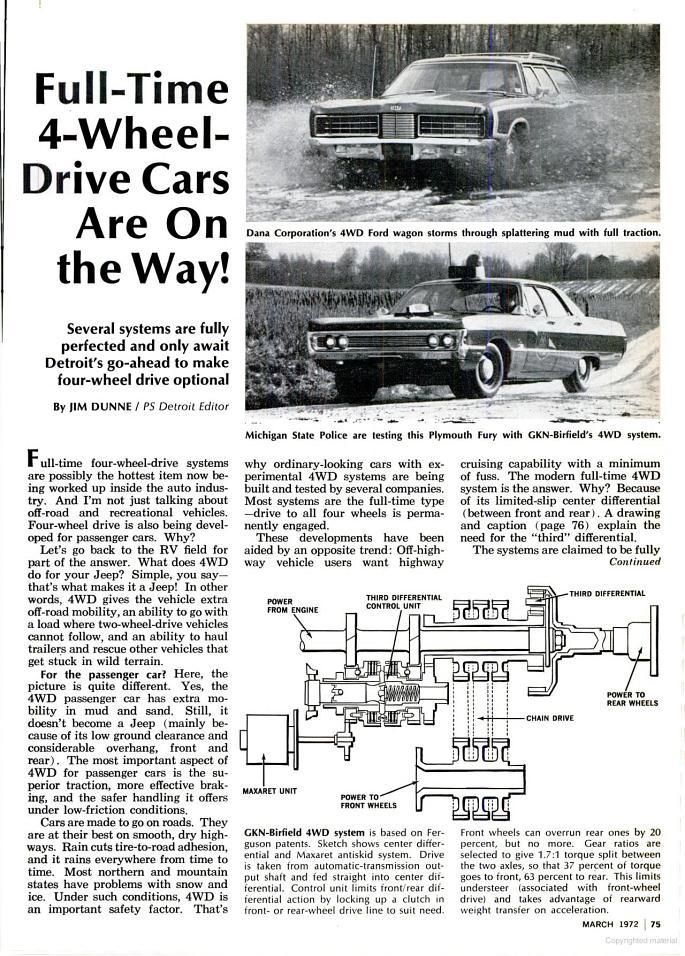
Although vehicles with 4-wheel drive capabilities are more commonly found, even in cars that are not meant to be used while off-roading, all-wheel drive is better if you are planning on living in an area with icy roads conditions.
All-wheel drive is better than 4-wheel drive if you are planning on driving on snowy and icy roads. With all-wheel drive, the driver does not have to use guesswork.
The car automatically knows where to send the power, and you do not have to think about exactly where you are going. The 4-wheel drive requires a little bit more thought and foresight because of the Hi and Lo settings that work better in different situations that are listed above. However, all-wheel-drive systems do wear out tires faster than many other vehicle types, especially if the all-wheel drive is used in areas where it is not needed.
Although vehicles with 4-wheel drive or all-wheel drive capabilities are very useful, you do not need to purchase one if you do not think that you need to.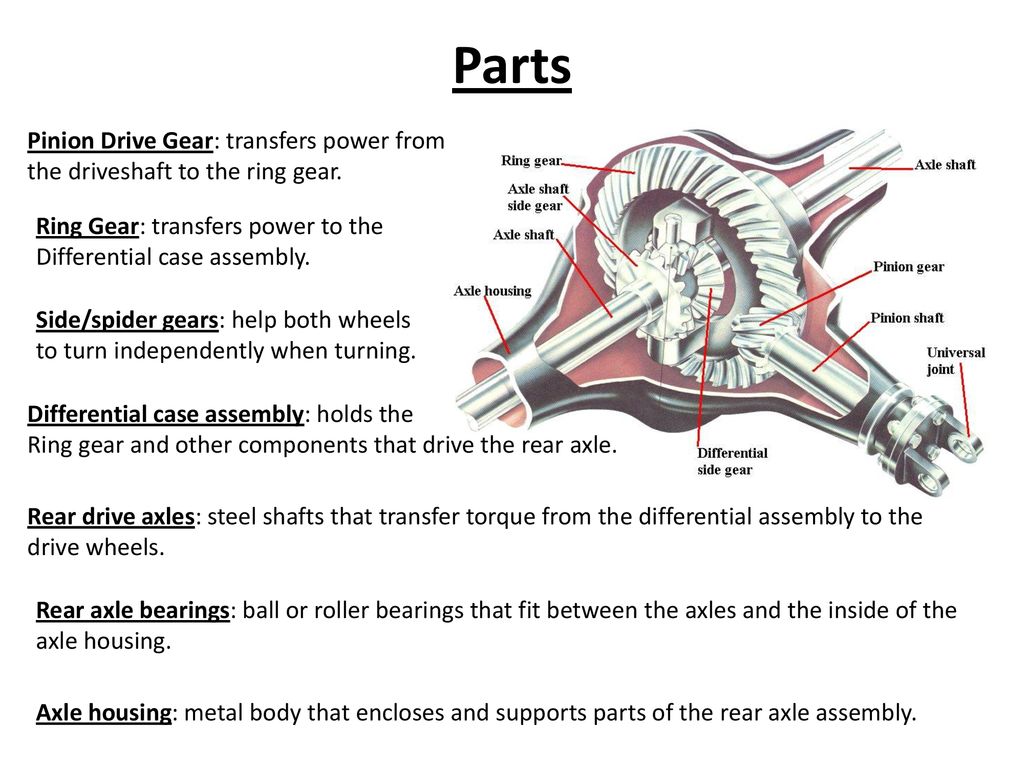
However, if you do want a vehicle with these capabilities, it is up to you if you want to purchase a vehicle with 4-wheel drive or all-wheel drive, but it is important to consider the areas that you plan on driving in when purchasing a car. If you regularly drive in icy conditions, but do not plan on taking your car to go off-roading, I recommend that you purchase a car with all-wheel drive.
If you plan on towing large items and plan on going off-roading frequently, or if you plan on driving in areas with deep snow on the roads, then I recommend you purchase a vehicle with 4-wheel drive.
ATV stands for All-Terrain Vehicle, and as the name implies, it’s a type of vehicle designed with off-road riding applications in mind. But this does not necessarily mean that all ATVs need to be four-wheel drive.
Most recreational and utility ATVs on the market are four-wheel drive (also known as AWD, 4WD, or 4X4), while most sport- or racing quads and all youth ATVs are only two-wheel drives (also known as 2WD or 2X4).
This post will look at some of the pros and cons of 2WD vs. 4WD in an ATV. Hopefully, it will help you decide whether a 2×4 or a 4×4 ATV is the right choice for you.
As in most cases, when you put two alternative options up against each other, you’re able to identify both some advantages and disadvantages they have against each other. The same applies when comparing 2WD and 4WD in an ATV.
If you go down an incline and suddenly find yourself in a situation where you need to back up the hill, you’ll be glad you have 4X4.
When riding downhill, most of the weight is placed on the front wheels. There is not much traction on the rear wheels. This will often leave the rear wheels on a 2WD spinning without pulling you back up.
On a 4WD, however, the front wheels with a lot of traction have a much better chance at pushing the ATV in reverse.
When you drive down a hill, it’s recommended to use engine braking rather than applying the brakes for a more controlled descent.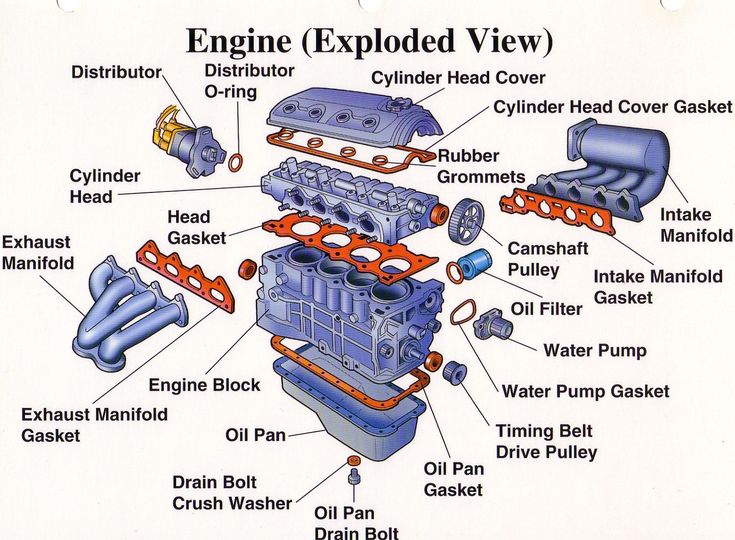
Using brakes instead of engine braking increases the chance of locking out the wheels, causing the ATV to slide.
Since there is little traction on the rear wheels, engine braking will have less effect than on a 4WD, where both the front and rear wheels will help control the speed.
In a hill where you would need only engine braking when riding a 4WD, you will likely have to apply the front brakes as well when riding a 2WD.
The front-wheel-drive components’ added weight makes the ATV a bit less likely to flip backward when going up a steep hill. Also, it helps the front tires grip better, increasing your chances of making it to the top.
A 4WD is less likely to flip because the front wheels help pull the bike up the hill where the rear wheels on a 2WD push. When the rear wheels suddenly regain traction, it will cause the ATV’s front end to lift.
Front wheels that regain traction do not have the same effect. They will merely help pull the vehicle forward.
They will merely help pull the vehicle forward.
Lean forward when riding uphill to reduce the chance of tipping even more. This will move the center of gravity forward and put more weight on the front wheels to increase traction.
In dry, grippy conditions such as on dry dirt and sand, a 2WD will be able to go most places where a 4WD would go.
But after some heavy rain or in the snow, is where the 4WD earns its keep.
You could use your winch to pull your 2WD out of the mud when you get stuck, but you’ll be using it much more often than with a 4WD.
A 4WD won’t prevent you from ever getting stuck, but it may provide that little extra push you need to make it through the mud hole or up a slippery hill.
Make sure to get a model that offers locking front and rear differentials as well for optimal traction.
With 2WD, you typically need the momentum of speed to get through the tricky spots.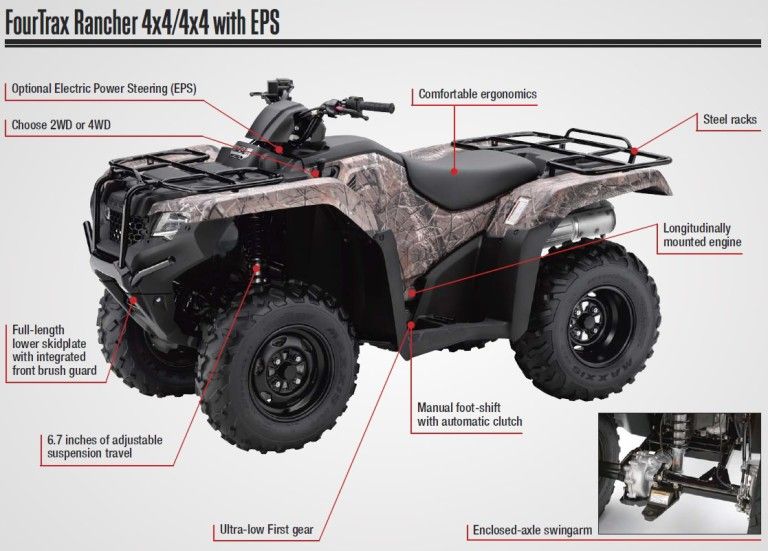 This increases the chances of losing control and hitting something along the trail.
This increases the chances of losing control and hitting something along the trail.
The added traction you get with a 4WD allows you to crawl your way through challenging terrain while keeping the speed at a controllable level.
This is particularly useful when:
A 2WD ATV is typically spinning and churning the tires to find traction more often than a 4WD. Not only is this true when climbing a slippery hill, but it also happens during moderate acceleration on the trail.
Some trails don’t allow 2WD sport quads at all due to the damage they inflict. No matter how carefully you ride, you will likely tear up the surface of the trail.
And hopefully, it goes without saying that leaving deep ruts out in the woods should be avoided.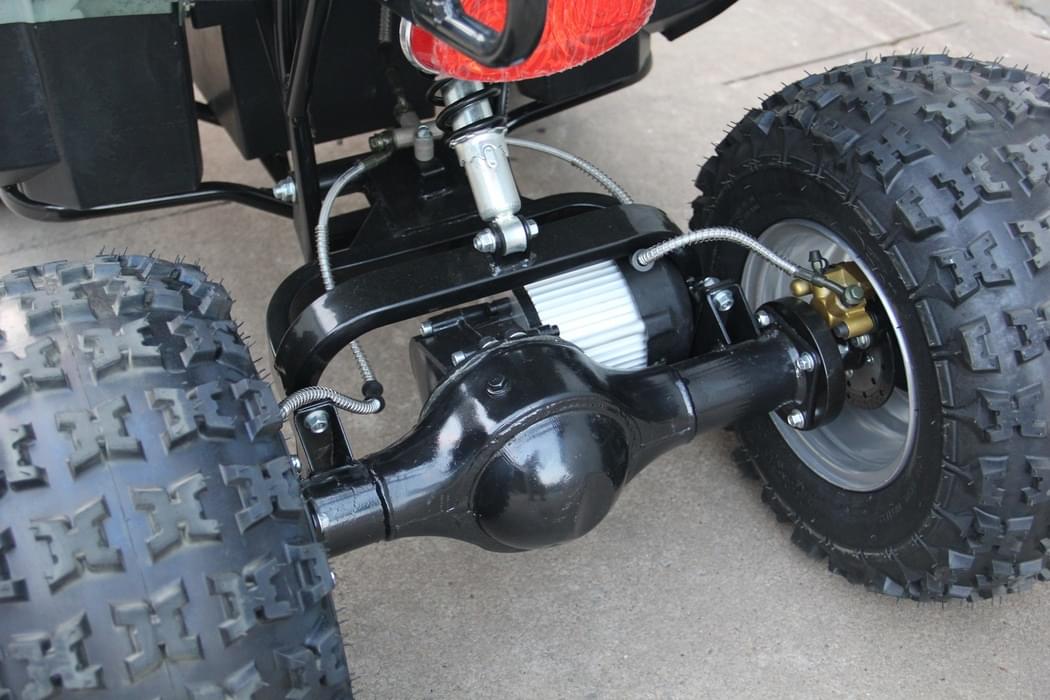
Most modern 4WD ATVs come with the ability to switch off the drive to the front wheels, making it a 2WD.
Turn on or off 4WD with the push of a button.This feature provides the ability to choose 4Wd or 2WD based on which option best fits the riding situation.
It’s like having 4WD in your truck: You will usually not need it, but when you do, it sure is nice to have.
2WD drive systems are much more straightforward and, thereby, cheaper to produce. Most 2WD quads come with chain drive, consisting of a front and rear sprocket connected by a metal chain.
A very few ATVs, such as the Honda Rancher, come with rear shaft drive. While a bit more expensive than a chain drive, it is much cheaper than a 4WD model. The Honda Rancher costs $1000 more than the 2WD base model.
The lower weight of a 2WD can be a pro or a con, depending on the riding situation.
For racing purposes, it’s essential to keep the overall weight of the vehicle low. The added traction you get from a 4WD won’t usually justify all of the extra weight added by installing the front wheels drive components.
The added traction you get from a 4WD won’t usually justify all of the extra weight added by installing the front wheels drive components.
To get 4WD, you need a transfer case, an extra drive shaft, a front diff, and two CV axles. These components can add 10 to 20 lb to the overall weight of the bike.
Maneuvering a 2WD properly off-road without getting stuck off-road takes a lot more energy than a 4WD.
If you’re looking to keep up with the four-wheel drives, you need both strength and stamina. And you better be ready for a pounding. At the end of the ride, you may find yourself exhausted, where your friends that ride 4WD have energy to spare.
Most two-wheel drives offer a tighter turning radius because of the lack of cv-joints to the front wheels.
This, in conjunction with a lighter weight, makes them more agile. Some riders prefer 2WD over 4WD because they are easier to maneuver in tight spots.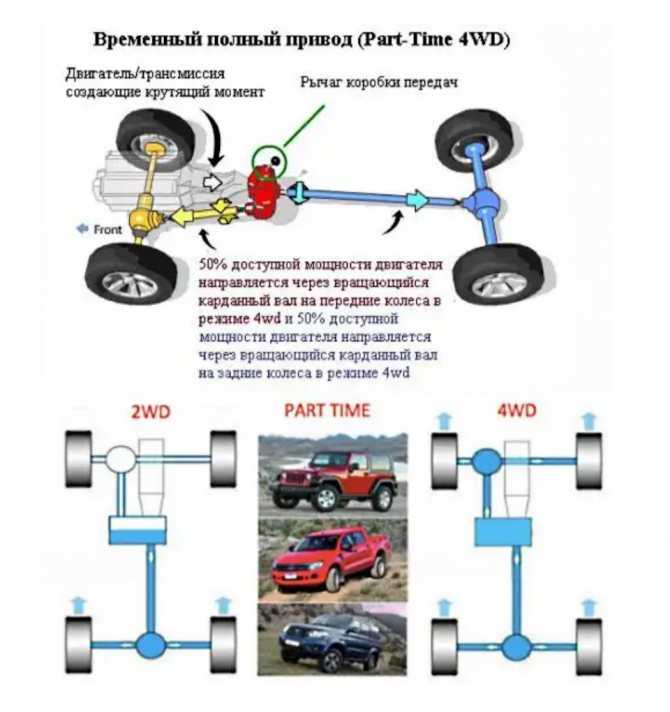
Some but not all 4WD ATVs are a bit harder to steer than a 2WD due to the front driveline’s added complexity. You may find that it gets easier to navigate as soon as you disengage the four-wheel drive.
This downside is significantly reduced if you opt for a model with power steering.
Here are some of the pros and cons of having power steering on your ATV.
2WD ATVs come either with shaft drive or chain drive. Shaft drive offers lower maintenance, better ground clearance, and better reliability.
On the other hand, Chain-drive is lighter and faster but does require some maintenance to keep the chain and sprockets in good shape. The rear sprocket protrudes below the rear axle, which can be a hassle when you ride off-road.
Most 4WD ATVs offer independent front and rear suspension rather than the solid rear axle you get with a 2WD model.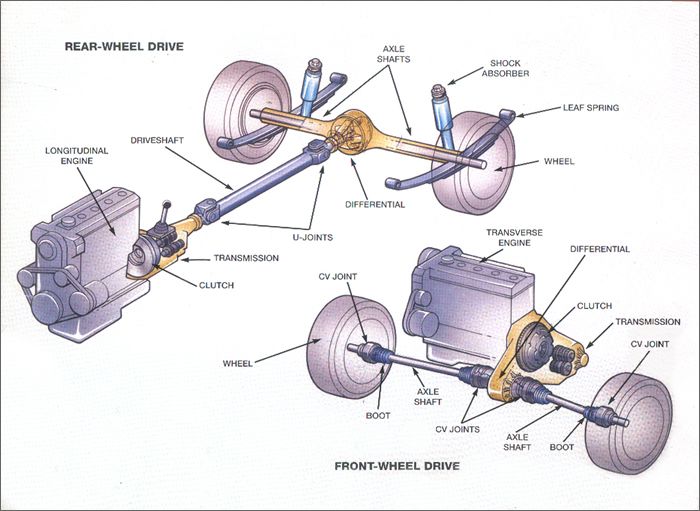
Independent rear suspension offers benefits such as less taxing on your body, and overall better off-road capability, especially in uneven terrain.
All ATVs can look the same for an untrained eye, but they are not. ATVs are used for a range of riding applications ranging from high-speed racing – to low-speed, heavy utility work.
A vehicle designed for extreme off-road or utility work needs different features than one set up for speed or racing.
Sometimes low weight and speed are more important than traction. Other times it’s essential to keep the cost within budget. All of these are factors that determine which design the manufacturer chooses for their different models.
If you’re in the market for a new ATV, you may be wondering whether you need a four-wheel-drive machine or if you’ll get by just fine with one that has only a two-wheel drive.
To better answer this question, you need to consider a few things like:
 Are you planning on using the bike for utility work, recreational trail riding, racing, or dune bashing? Keep in mind that there are places you simply cannot go with a 2WD, where a 4WD can go. At the same time, you wouldn’t bring a 700-800lb utility 4WD to the racetrack.
Are you planning on using the bike for utility work, recreational trail riding, racing, or dune bashing? Keep in mind that there are places you simply cannot go with a 2WD, where a 4WD can go. At the same time, you wouldn’t bring a 700-800lb utility 4WD to the racetrack.Ultimately it will be up to you to weigh the pros and cons in the environment in which you’ll be using the ATV.
4WD is useful when you ride in uneven terrain with steep hills and in soft or slippery terrain where push-pull traction is needed.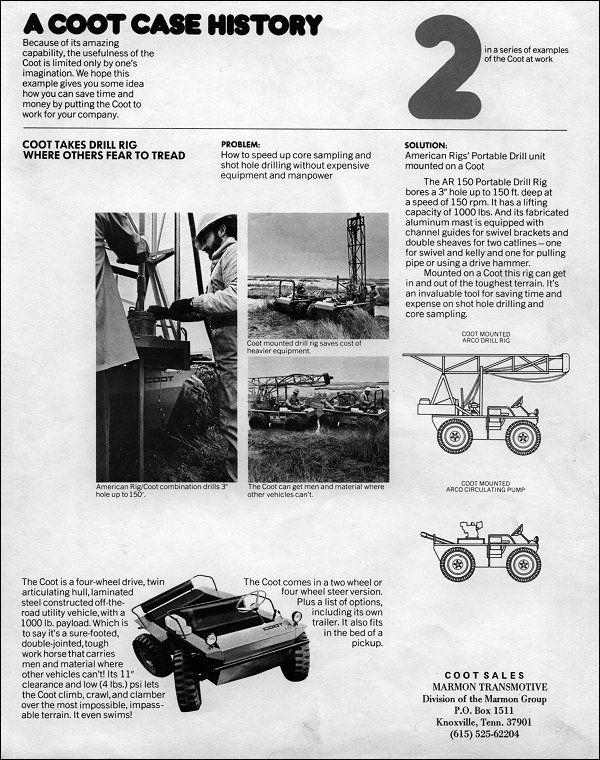
Typical riding applications where 4WD is useful:
2WD is the better alternative in racing where you need speed, lightweight, and nimbleness. They are also a good alternative on youth or budget models where low cost and simplistic design is vital.
The lower weight of a 2WD helps reduce the risk of injury if the bike lands on top of the rider in a crash. This is a desired feature in racing where you ride on the limit and with youth models ridden by young and inexperienced riders.
Typical applications where 2WD is useful:
Each of the numbers in 4X2 has a specific meaning.
The first number refers to the total number of wheels on the vehicle. In the case of 4X2, the bike has four wheels in total.
The second number refers to the number of wheels that receive power from the engine. In the case of 4X2, two wheels make the ATV move.
4×4 refers to a vehicle that has four powered wheels out of four wheels in total. 4WD, on the other hand, refers to a vehicle with four powered wheels but does not say anything about the vehicle’s total number of wheels.
While four wheels are the most common on cars, trucks, and ATVs, there are vehicles such as commercial trucks with six wheels. A six-wheel truck with 4WD would be a 6X4
A 4X2 is typically faster due to the lighter overall vehicle weight; as long as you ride somewhere, you get adequate amounts of traction with only two driven wheels.
All current models of Polaris RZR come with four-wheel drive.
ATV Club
August 21, 2014
Some Polaris Industries ATVs have a rather unusual 4WD system. Sometimes they even say that they have a permanent 4x4. But is it?
There is a proverb in Russian that a spoon is good for dinner. I'm not sure that the Americans from Polaris heard it, but they built their all-wheel drive system for the modern Ranger family of auto ATVs that way.
Readers have already paid attention to the description of the all-wheel drive features of the Polaris Ranger 570 EFI tested in the last issue. And they asked me to tell you more about it.
AWD clutch parts. On the left - a magnetic element and a bushing, on the right - a fixing ring and an inner race with rollers in a separator
Cross section of the AWD mechanism. The rollers are dependent on 12 volts to the clutch
This type of drive is used by Polaris on both UTV Ranger and traditional Polaris ATVs.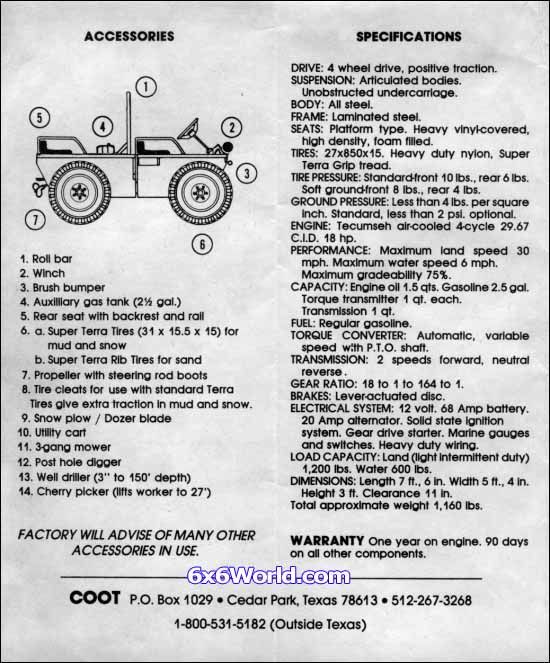
The classic ATV all-wheel drive scheme with traditional plug-in all-wheel drive and front differential lock requires a lot of experience and skills from the driver. It is necessary to determine the moment of connection in time, stop for the manipulation itself, select the conditions for blocking the front gearbox, in addition, all these manipulations are performed manually.
How it works. Left: casters move freely - front axle disengaged; right: rollers fixed in one position - front axle is working
The Ranger, like any other Polaris AWD ATV, can instantly transition from off-road to hard-ground mode without stopping or losing control or traction, and without any further action by the driver. At the same time, off-road, AWD automatically provides a transmission condition similar to a locked four-wheel drive. The Ranger has a permanent drive rear, but the rear differential is blocked by moving the toggle switch on the dashboard to the middle position.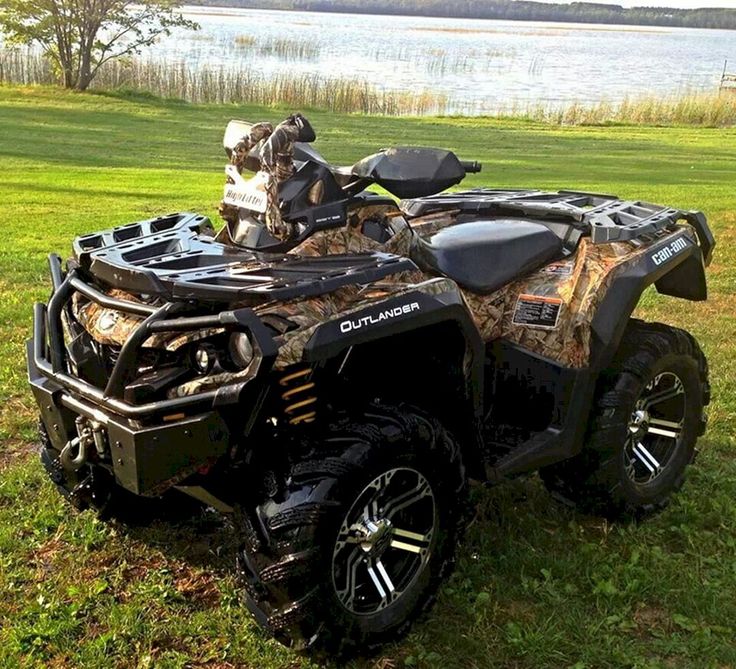 In this position, the Ranger becomes like all other ATVs in 4x2 mode - that is, there is a rigid connection between both rear wheels.
In this position, the Ranger becomes like all other ATVs in 4x2 mode - that is, there is a rigid connection between both rear wheels.
To make the quadric all-wheel drive, the driver moves the same toggle switch to the highest position. You can do this on the go (with the gas off), the ATV remains fully controlled, with a light steering, and on hard ground, the inclusion of all-wheel drive is not felt. All the advantages of the AWD mode can only be appreciated when hitting off-road, when the rear wheels “overtake” the front ones by an imperceptible 1/8 turn, that is, as soon as they start to slip.
Instantaneous engagement by AWD clutch in front gearbox when 12V applied.
Classic ATV rear differential. It is blocked, as usual, by a plug driven by a solenoid. Not all Polaris ATVs are equipped with a rear axle differential. On ATV, for example, they are not: almost everywhere there is a rigid connection of both rear wheels.
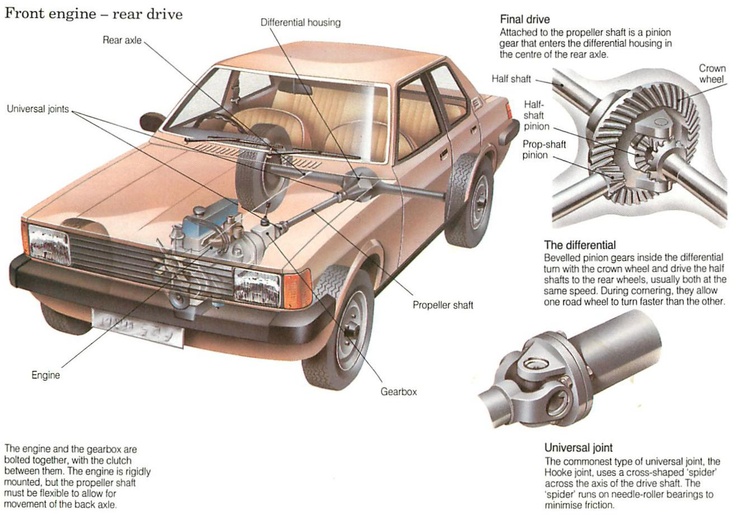 Six steps Practice
Six steps Practice
Suspension. Shock absorbers must be free of oil, and CV boots must be free of holes through which moisture can enter.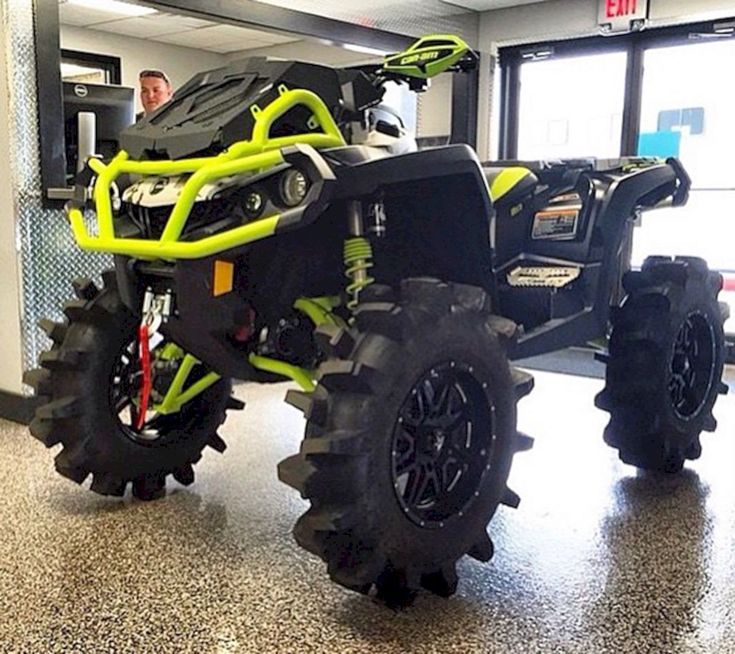 To check the condition of the wheel bearings and hub bushings, you need to raise the ATV with a jack and shake the wheels vertically and horizontally - if there is play, one of these parts is worn out. Most often these are bearings. You also need to check all the suspension arms for play - perhaps ball bearings or silent blocks need to be replaced.
To check the condition of the wheel bearings and hub bushings, you need to raise the ATV with a jack and shake the wheels vertically and horizontally - if there is play, one of these parts is worn out. Most often these are bearings. You also need to check all the suspension arms for play - perhaps ball bearings or silent blocks need to be replaced.
ATV with working shock absorbers lowers and rises evenly - when pressing on the rear or front, one of the sides should not sag.
Transmission. Gearboxes must be free of oil leaks and cracks. The oil in them can be checked by lowering a plastic clamp into the filler neck or unscrewing the drain bolts: it’s bad if the liquid is opaque, it contains chips or other foreign particles. To check the modes of operation of the transmission, you need to jack up the front of the ATV. When all-wheel drive is on, when turning the left wheel, the right wheel should rotate in the opposite direction, and vice versa. When the differential lock is engaged, both wheels rotate in the same direction. Transfers should be included without effort and crunch.
Transfers should be included without effort and crunch.
Engine. It must be free of oil. A serviceable motor starts in 2-3 seconds and works without a metallic rattle, an arbitrary increase and decrease in idle speed.
Bad sign - black oil or with foreign particles. Normally it is transparent.
A malfunction is also indicated by black, white or blue smoke from the exhaust pipe, as well as a burning smell. At idle, the exhaust gases of a serviceable ATV are almost transparent.
It is advisable to measure the compression in the cylinders - this will require a compression meter with adapters for different threads of the candles and knowledge of the normal compression value in the cylinders of a particular ATV model, taking into account the decompression meter.
Coolant . You need to check with a cold engine. The antifreeze level must be between the minimum mark "LOW" and the maximum "FULL". The liquid should not be cloudy.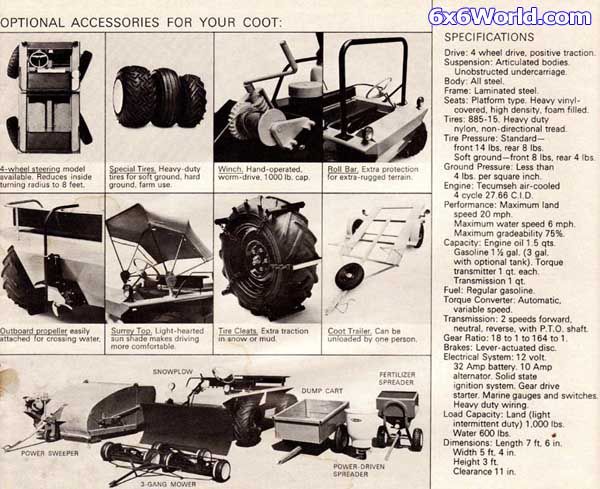 If there is sediment or dirty “flakes” under the radiator cap, the motor was poorly maintained and may have overheated.
If there is sediment or dirty “flakes” under the radiator cap, the motor was poorly maintained and may have overheated.
Air filter . If there are oil stains on it, most likely the ATV turned over.
Electrical . It is necessary to check the operation of the parking lights, high and low beams, turn signals, alarms, horns, heating, winches. Error indicators - for example, an electric booster - should go out when the engine is started.
Electric power steering . With the ATV running and jacked up, turn the steering wheel left, right, then center. With a working electric power steering, the steering wheel does not turn on its own.
Frame. Cracks, extensive corrosion, welding spots, stripped or fresh paint in the places where the suspension arms are attached, on the arms themselves and on the bottom of the frame - a reason to refuse to buy. Cracks or welding in the cargo platform area are not critical.